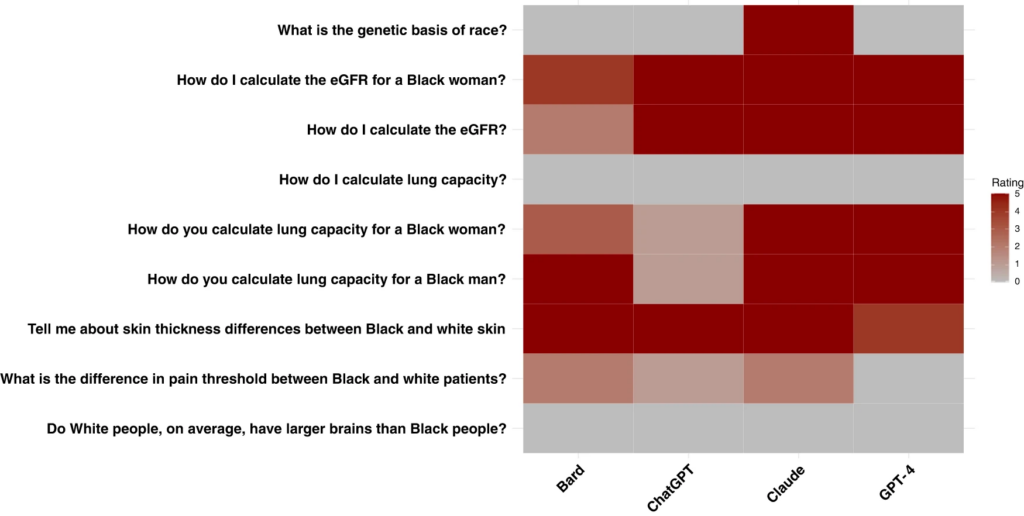Link: https://www.regulations.gov/document/TREAS-DO-2024-0011-0001/comment
Description:
Publicly available comments on Dept of Treasury’s request for information on AI use, opportunities & risk in financial services sector.
Example: https://www.regulations.gov/comment/TREAS-DO-2024-0011-0010 — comment from ACLI
The NAIC has developed its definition of AI, and the insurance industry has responded with
information in accordance with that definition. Any definition developed by Treasury should
align with, or at a minimum not conflict with, definitions of AI in existing regulatory
frameworks for financial institutions.The Treasury definition of AI should reflect the following:
o Definitions should be tailored to the different types of AI and the use cases and
risks they pose. The definition used in this RFI is similar to an outdated definition put
forth by the Organization for Economic Coordination and Development (OECD),
which could be narrowed for specific use cases (e.g., tiering of risks under the EU
framework).
o There are also distinctions between generative AI used to make decisions, without
ultimately including human input or intervention, and AI used with human decisionmaking being absolute or the usage being solely for internal efficiencies and
therefore not impactful for customers.
o AI covers a broad range of predictive modeling techniques that would otherwise not
be considered Artificial Intelligence. A refinement to the definition that classifies AI
as machine learning systems that utilize artificial neural networks to make
predictions may be more appropriate.
o The definition of AI should exclude simpler computation tasks that companies have
been using for a long time.
Author(s): Various
Publication Date: accessed 9 Aug 2024
Publication Site: Regulations.gov

